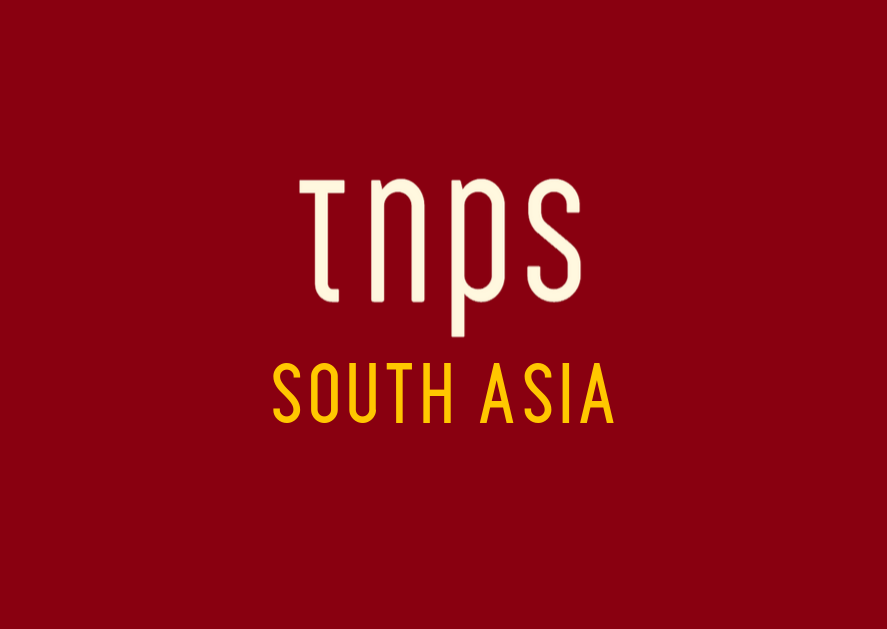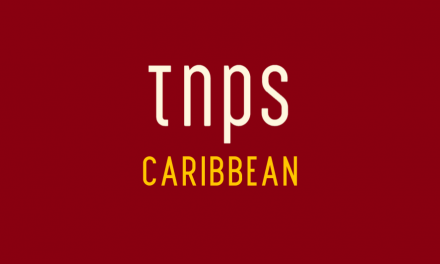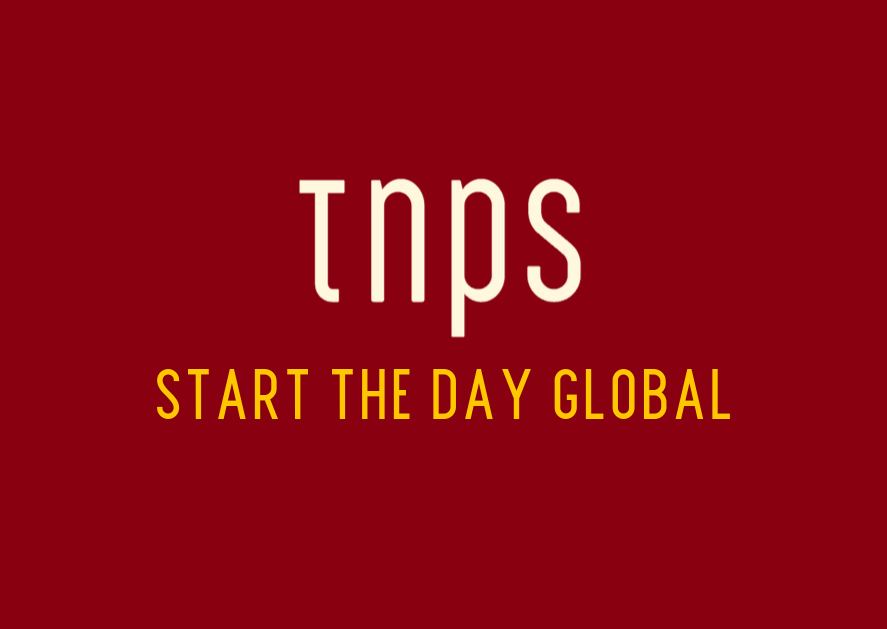But something the western publishing industry has done in the past couple of decades is to make an art form of narrative non-fiction.
Held over three days each year, and organised jointly by the financial daily Bonik Barta and the Dhaka University Business Studies Faculty, the event aims to “encourage readers to read more non-fiction and research-oriented books.”
The organisers hope to introduce the event to other universities, noting: “The popularity of non-fiction books in our country is less as compared with novels and fiction books.”
Per the press release, a total of 41 leading publishers and research organisations took part in the fair to display their non-fiction publications.
The TNPS take:
It’s fair to assume that in most countries non-fiction books, education titles aside, are small part of the publishing scene compared with fiction.
But something the western publishing industry has done in the past couple of decades is to make an art form of narrative non-fiction.
Narrative non-fiction is not new. As a kid I thrived on Isaac Asimov’s non-fiction historical and scientific books written especially for kids, and as I grew up I longed for similar styles of treating non-fiction for adult readers.
(Memo to Asimov’s estate and publishers: why the hell aren’t these books available as ebooks?)
I’ve no idea how far Bangladesh’s and other South Asian publishers have gone down this road, but sincerely hope they are embracing the format.
I also wonder how many of these non-fiction publishers will be displaying their titles, narrative or otherwise, at the Amar Ekushey Boi Mela, the giant book fair that runs the entire month of February and is, by footfall, the largest in the world.





